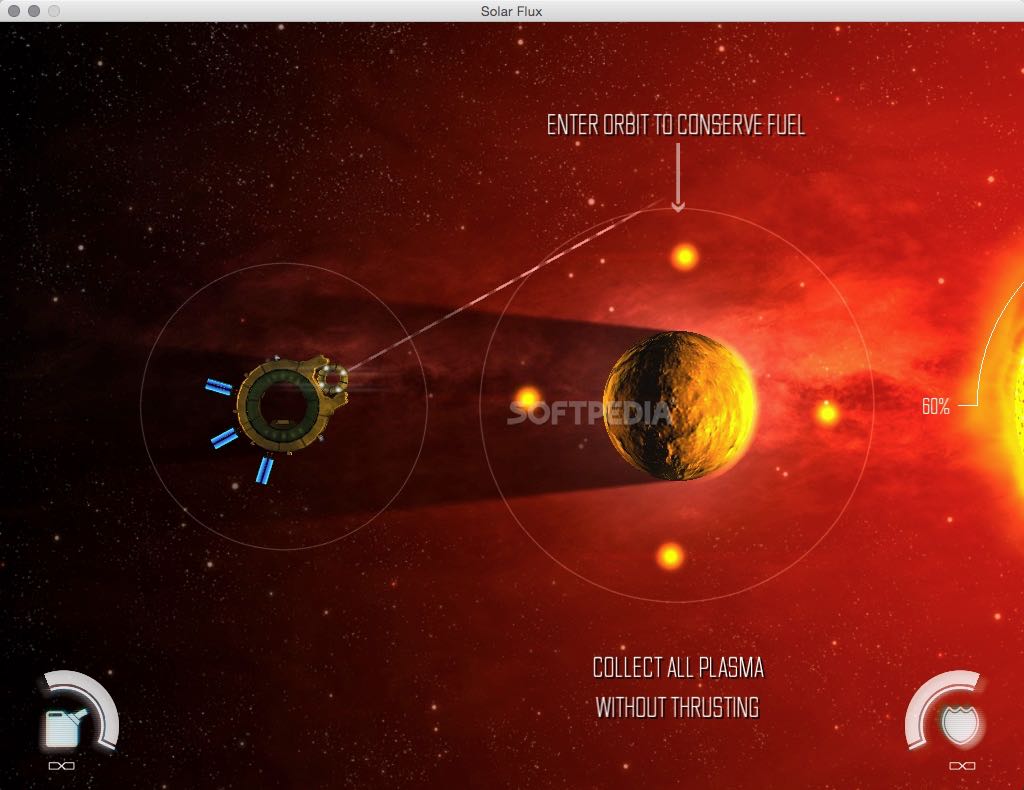

Two spacecraft circling close to the Sun aim to clarify these and other questions: NASA’s Parker Solar Probe, named for Eugene Parker, an American physicist who correctly predicted the existence of the solar wind in 1958, and the Solar Orbiter.

This roiling sea of charged particles, known as the solar wind, causes space weather, including geomagnetic storms that can interfere with radio communications and power grids, and the visible aurorae on Earth.īut scientists don’t fully understand many aspects of the solar wind, such as where it originates and why it blows at two distinct speeds. The plasma travels out along the Sun’s magnetic field lines, which radiate away from the star in all directions. The Sun’s outer atmosphere-the corona-expels a swarm of charged particles into space. “It’s really tying what’s happening in the Sun to consequences in the solar wind.” “I would consider this a stunning example of the Solar Orbiter mission succeeding in its objective,” says Justin Kasper, a solar physicist at the University of Michigan, Ann Arbor, who was not involved with the work.

They could even help explain other solar oddities, such as why the solar wind blows at two different speeds. The data-released yesterday from the European Space Agency’s Solar Orbiter-shed literal light on shifts in the Sun’s magnetic field known as switchbacks. Also, the prediction gives a rough idea of the frequency of space weather storms of all types, from radio blackouts to geomagnetic storms to radiation storms, so is used by many industries to gauge the expected impact of space weather in the coming years.New images from a Sun-orbiting spacecraft may explain strange phenomena within the Sun’s atmosphere that have puzzled solar physicists for decades. A higher solar maximum decreases satellite life and a lower solar maximum extends satellite life. The solar cycle is important for determining the lifetime of satellites in low-Earth orbit, as the drag on the satellites correlates with the solar cycle, especially as represented by F10.7cm. Solar cycle predictions are used by various agencies and many industry groups.
#Solar flux download
#Solar flux series
Beneath each main plot window, the entire time series is shown and you can click/hold on either side of the blue shaded region to expand or contract the zoom window or if you click/hold on the blue shaded region itself, you can slide it to anywhere in the time series.There is also an option to toggle the solar cycle numbering on/off.Use the buttons above each plot to return to the default zoom showing the current cycle or to show the entire available data set.Left clicking on the data and and holding while you drag will define a zoom window.



 0 kommentar(er)
0 kommentar(er)
